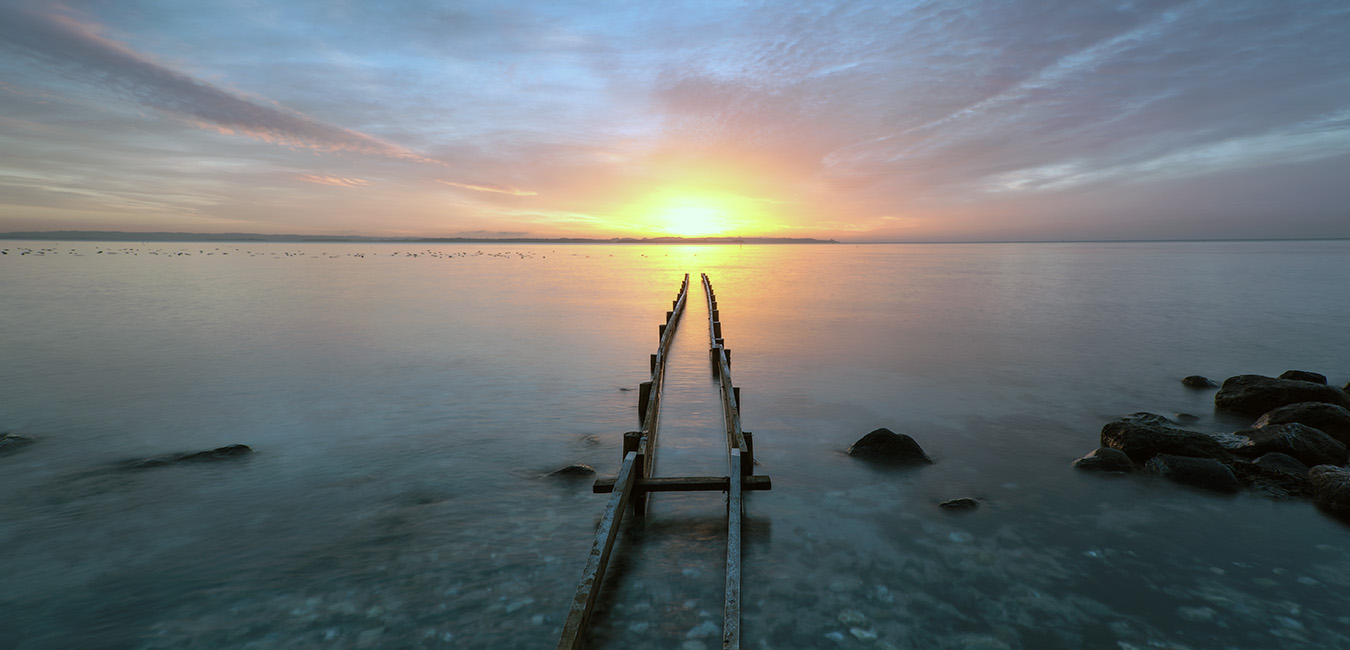Randers Fjord, Vejle Fjord, Faaborg Fjord, and Kalundborg Fjord.
These are some of the fjords that Environment Minister Magnus Heunicke (S) now wants to purchase land around, plant forests, convert lowland areas, and create wetlands, so that by 2027 they can achieve so-called good ecological status.
In total, there are 20 fjords that the minister has now named.
This represents about two-thirds of all the country’s fjords, many of them on the Jutland east coast, which need intervention as a follow-up to the green tripartite agreement that was reached in June.
Fish and plants have died
The fjords are affected by slime and oxygen depletion, fish and plants have died, and now action needs to be taken, says Magnus Heunicke, pointing out that 95 percent of water bodies in Denmark are in poor condition:
“It is a collapse in many places with widespread oxygen depletion and life that has completely disappeared,” says the minister.
In the last third of the fjords, the situation is so bad that it will take longer to get the water environment under control.
Heunicke points out that it may take longer than until 2027 before the full difference in the fjords is seen. But there “will be a stop” when it comes to nitrogen emissions, as he puts it.
Land purchases around the fjords should begin this year, says Heunicke.
Back to nature
“These are large areas of land where we no longer need intensive agricultural production. They should be given back to nature,” says Magnus Heunicke.
Stricter regulation is also on the way with the green tripartite agreement. There will be a tax on lowland areas that are not converted, and there will be a CO2 tax on agriculture.
With the green tripartite agreement, a land fund of 40 billion DKK was created, and that money will, among other things, be used to plant forests, purchase land, and convert lowland areas. This is precisely what will help restore the fjord environments.
It is an EU goal under the Water Framework Directive that the fjords should be in good condition by 2027.
Magnus Heunicke has previously admitted that it is not realistic to fully meet this goal. In that case, the last third of the fjords would also need to be included. The situation there is so dire that it is not feasible.
Acting too little and too slowly
But the government will do what it can, assures the minister, who has faced much criticism for acting too little and too slowly.
“This is an unacceptable lack of action from both red and blue governments. When steps have been taken, they have been canceled after an election. It has been too sporadic and too little,” he says.
Jørgen E. Olesen, a professor at the Department of Agroecology at Aarhus University, believes that it is completely unrealistic to think that the water environment in Denmark’s fjords can be fixed so quickly – by 2027.
It takes a decade or longer, he says.
“Governments and politicians are elected for the short term. So they need to appear as if they are taking action. This does not align well with the long-term efforts that are necessary.”
He calls oxygen depletion a global problem. It is seen in everything from the Mississippi River to the English Channel.
“It is a severe problem,” says Jørgen E. Olesen, who nevertheless believes that the Danish methods to improve the water environment are sensible enough.
Approval needed “They are the right methods, but it takes time. It has taken a long time to destroy, and it will also take a long time to restore,” he says.
Magnus Heunicke is convinced that it can succeed. There is both political will and the financial means to address the issue now, the minister points out.
“It obviously costs money when it comes to land that is owned. It requires the approval of the Parliament. Approval needs to be granted,” says Magnus Heunicke.
/ritzau/

